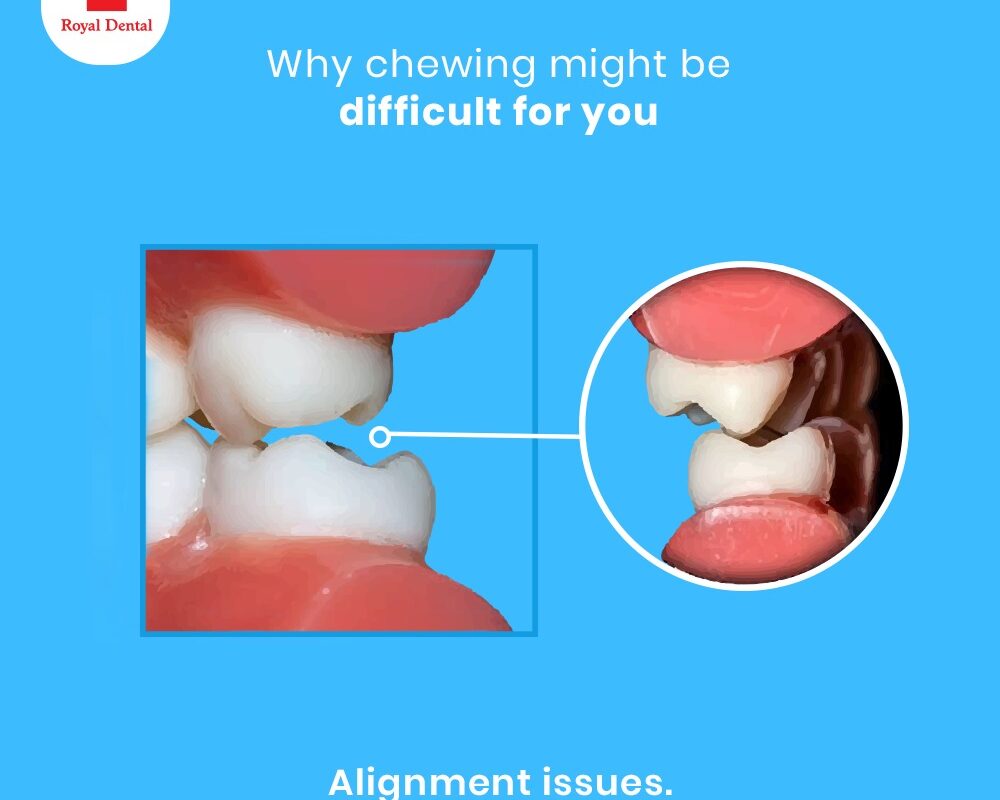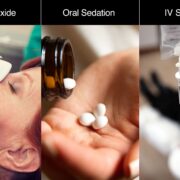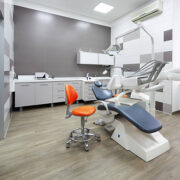It is impossible to overestimate the significance of dental health in a society when smiles frequently serve as first impressions. Underneath the glossy exterior of teeth is a world of occlusal rehabilitation that is vital to general and oral health and appearance. Come along as we explore the complexities of occlusal rehabilitation and diagnostics, revealing the secrets hidden beneath a mesmerising smile.
Understanding Occlusal Rehabilitation
Occlusion, in the realm of dentistry, refers to the way your upper and lower teeth come together when you bite or chew. This seemingly simple interaction holds immense significance as it forms the foundation of your oral health. Dr. Chamria highlights that a well-aligned occlusion ensures that the forces generated during biting and chewing are evenly distributed among the teeth, jaw joints, and muscles. This equilibrium is crucial not only for the efficiency of oral function but also for preventing undue stress and strain that can lead to various dental issues.
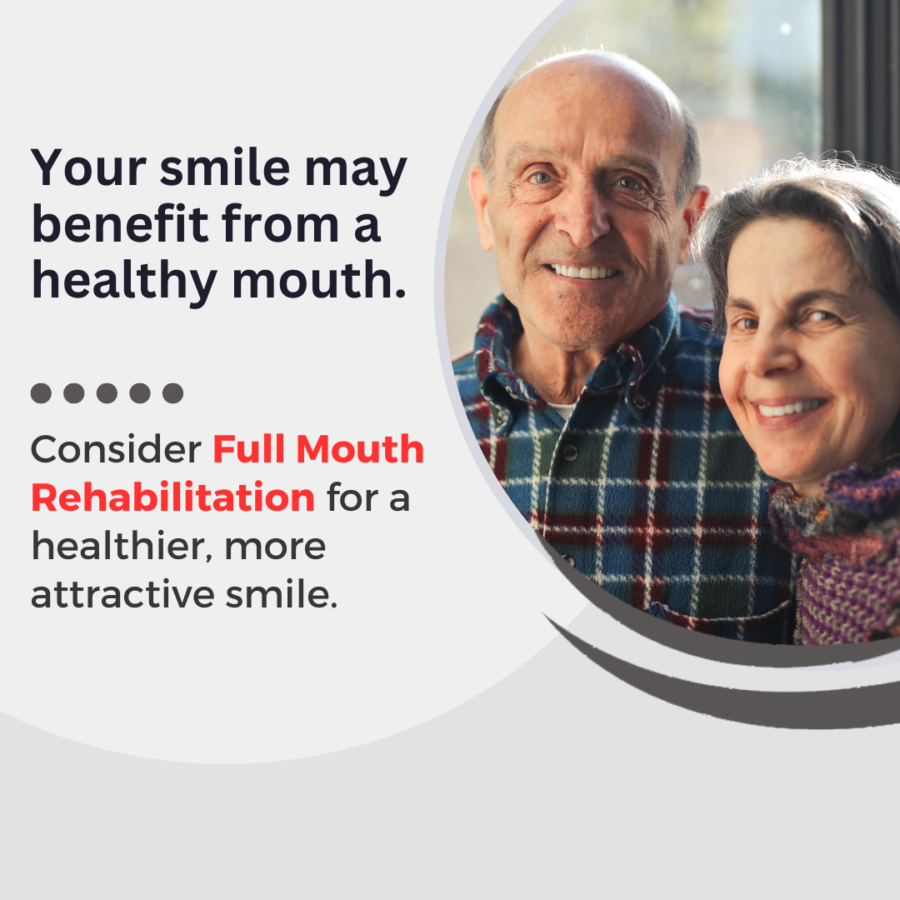
Common Issues Related to Occlusion & impact on Oral Health
Let’s now explore the typical problems that might upset this delicate occlusion balance and seriously damage your oral health. Dr. Chamria provides information on issues like bruxism, or teeth grinding, malocclusion, and temporomandibular joint disorders (TMJ). Malocclusion can result in uneven tooth wear, trouble chewing, and even issues with speech.
Bruxism, which is frequently brought on by stress, can lead to migraines, jaw pain, and tooth deterioration. Jaw pain, clicking sounds, and restricted jaw movement are all possible signs of TMJ disorders. If these problems are not treated, they might worsen and impact not just dental health but also general health.
Role of Occlusal Rehabilitation to restore Oral Functions
Occlusal rehabilitation is a customized method designed to bring back the harmony in your bite. Dr. Chamria emphasizes the critical role it plays in correcting occlusion-related problems. The goal of the rehabilitation procedure is to provide a complete remedy by addressing the underlying reasons in addition to the evident misalignments.
This process lessens the tension on the jaw joints and muscles, reducing the effects of conditions like bruxism and TMJ disorders. It does this by restoring equilibrium to the occlusion.
Purposes of Occlusal Rehabilitation
Restoring Proper Function in Mastication and Speech
Restoring and improving the functional components of your bite, especially in mastication (chewing) and speech, is the main goal of occlusal rehabilitation. A well-aligned occlusion guarantees that your teeth meet in a way that permits effective eating and appropriate articulation during speech, according to Dr. Chamria. Occlusal rehabilitation seeks to maximize these basic processes by correcting any misalignments or irregularities in the bite, which can lead to better overall oral performance.
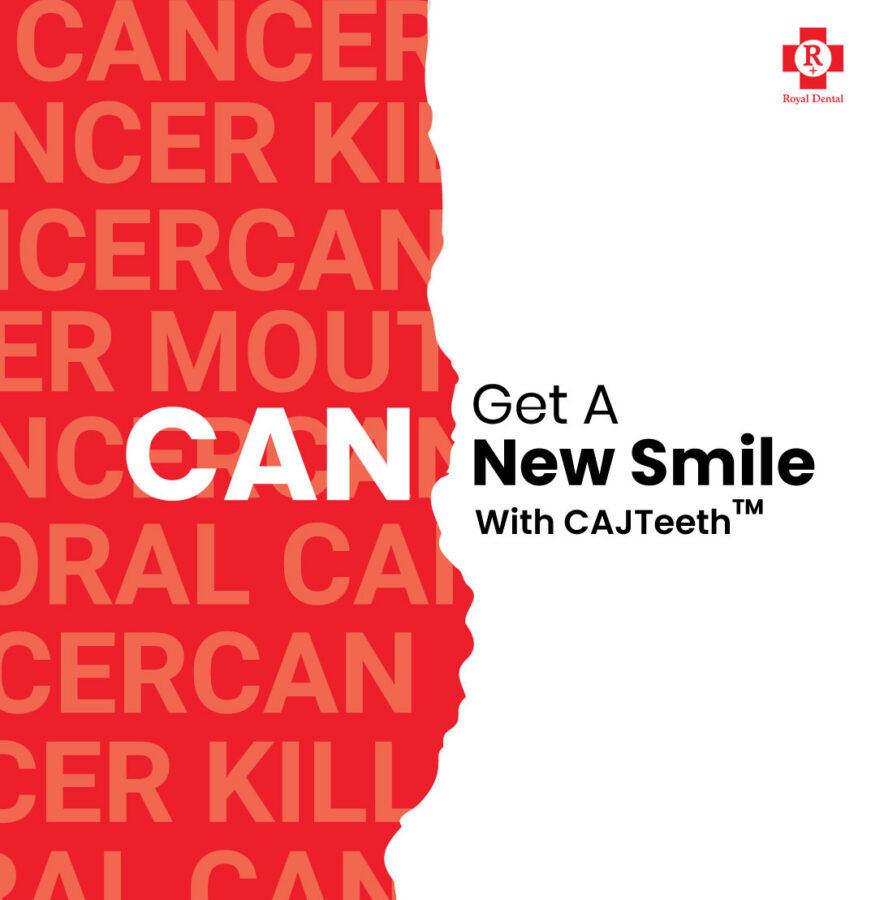
Alleviating Pain and Discomfort with Malocclusion
An uncomfortable or painful situation can frequently result from malocclusions or misaligned teeth. Dr. Chamria emphasizes that occlusal rehabilitation is essential to resolving these problems. The rehabilitation method lessens stress on the jaw joints and muscles by realigning the teeth and restoring bite balance.
Consequently, this lessens the discomfort brought on by ailments including temporomandibular joint disorders (TMJ), bruxism (grinding teeth), and other issues related to malocclusion.
Address Concerns for Improved Patient Confidence
Beyond functionality, occlusal rehabilitation addresses aesthetic concerns, contributing to a boost in patient confidence. Dr. Chamria explains that a well-aligned and aesthetically pleasing smile can have a profound impact on an individual’s self-esteem.
Occlusal rehabilitation, through procedures like orthodontic interventions and dental restorations, not only corrects functional issues but also enhances the visual appeal of the smile. This holistic approach considers both the health and appearance of the teeth, ensuring a comprehensive transformation.
Benefits of Occlusal Rehabilitation on General and Oral Health
Occlusal rehabilitation provides long-term advantages that go beyond short-term issues and encompass general dental health. Dr. Chamria highlights that the rehabilitation approach helps to prevent more dental complications by addressing the underlying causes of malocclusion and related issues.
Long-term benefits include less wear and tear on teeth, a lower chance of jaw diseases, and improved oral cleanliness as a result of aligning the teeth properly. In addition to receiving immediate comfort, patients who receive occlusal rehabilitation benefit from long-term benefits to their oral health.
Setting Up for Occlusal Rehabilitation | General health
Occlusal rehabilitation setup is a painstaking process that requires a variety of diagnostic devices and techniques. Dr. Chamria walks us through the necessary elements needed to guarantee a complete assessment and ensuing recovery plan.
Diagnostic Instruments
- Mirror: An essential instrument for getting a good look inside the mouth. The mirror makes it easier to inspect regions that are difficult to reach, enabling a thorough evaluation.
- Tweezers: During the diagnostic stage, tweezers are used to precisely handle dental materials by carefully manipulating things within the oral cavity.
- Probe: This thin tool is used to measure the depth of pockets between teeth and gums and find irregularities on the surface of teeth, both of which are important for spotting any problems.
- Spoon Excavator: An essential instrument for preparing teeth for any required restorations, the spoon excavator is designed to remove damaged tooth structure from teeth.
Kidney Tray
The many tools used during the diagnostic procedure can be held and arranged in a convenient and clean manner using a kidney tray. Dr. Chamria stresses that a clean, well-organized workplace is necessary for a productive examination.
Gauze
Keeping the field dry throughout the examination requires the use of gauze. Dr. Chamria emphasizes that a dry environment guarantees that the examination is not impeded by excessive moisture and is essential for a correct diagnosis.
Cotton Holder
A useful tool for organizing cotton rolls during the diagnostic stage is the cotton holder. In order to keep the work surface dry and absorb saliva, these rolls are frequently used, which makes examinations more efficient.
Waste Receiver
Keeping things tidy and getting rid of waste are essential to a good diagnostic procedure. Used gauze, cotton, and other disposables should be promptly disposed of in the waste receptacle to maintain a clean work area.
Occlusion Strip
Occlusion strips are essential for determining the sites of contact between teeth. They come in different sizes and are colored red and blue. These strips, according to Dr. Chamria, facilitate the diagnosis of occlusal abnormalities by assisting in the determination of the distribution of forces during biting and chewing.
Burs
Burs are rotary tools that come in different sizes and forms and are used to shape, grind, and cut teeth. As part of the occlusal rehabilitation procedure, Dr. Chamria emphasizes the need for a variety of burs to prepare teeth for restorations or corrections.
Types of Burs in Occlusal Rehabilitation | General health
Green Bur
The purpose of green burs is to efficiently remove tooth structure; they usually contain coarse grit. They are necessary for activities requiring a more forceful cutting action because, as Dr. Chamria points out, they are frequently used in the early shaping procedures.
Pear-Shaped Bur
The pear-shaped bur serves a variety of purposes and is quite adaptable. It is appropriate for both preliminary work and minor corrections during dental procedures because of its rounded end, which facilitates precise contouring and shaping of teeth.
Slender Blue Bur
The thin blue bur’s purpose, according to Dr. Chamria, is to precisely cut small areas. Because of its thin profile, it can perform complicated tasks with more ease, which makes it especially helpful in situations requiring a more delicate touch, like fine detailing or the preparation of small cavities.
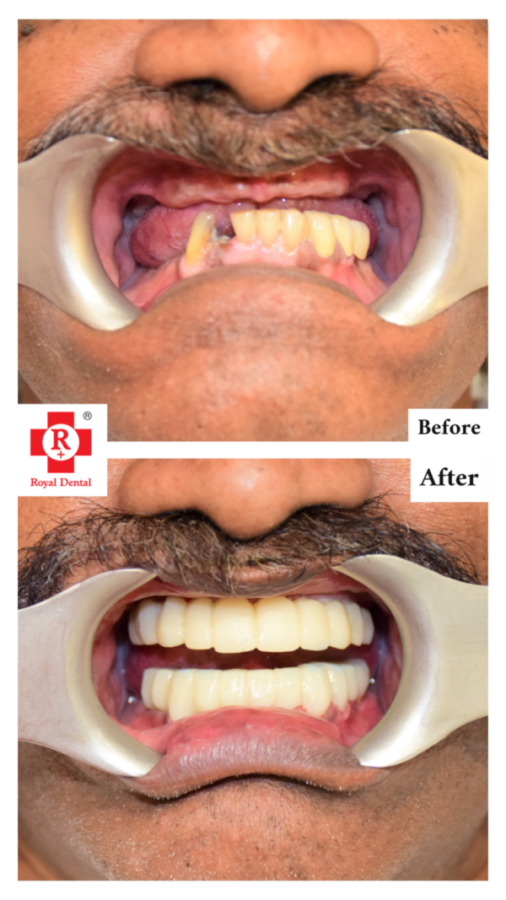
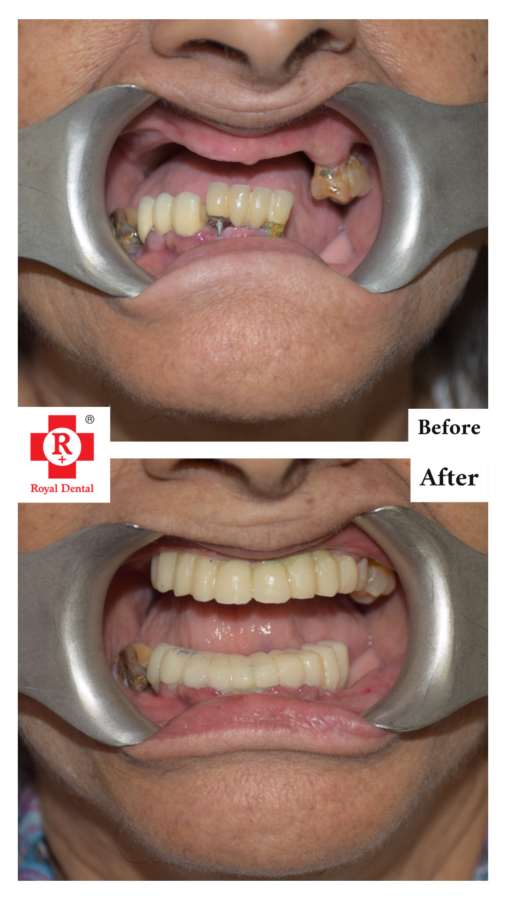
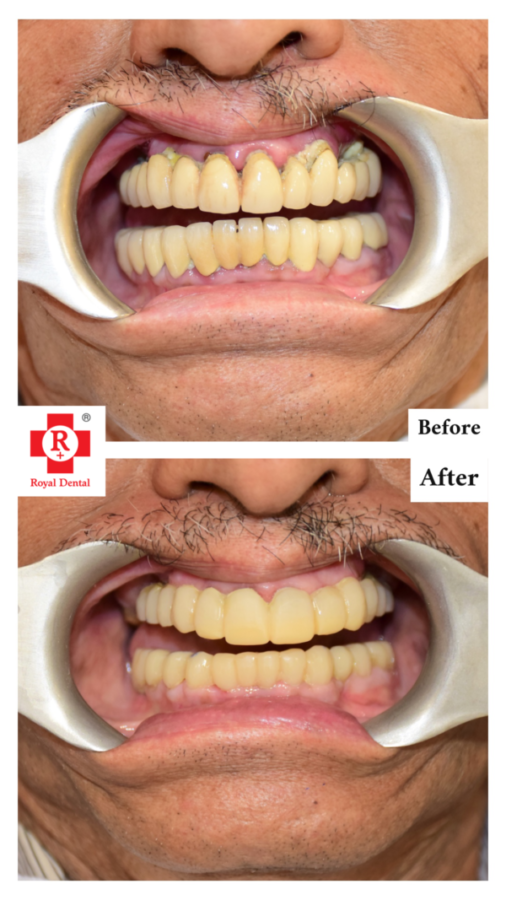
Red Polisher
Red polishers are generally applied in the last stages of dental operations. These burs are essential for giving restorations a polished finish because of their smoother surface. Red polishers, which create a shiny, smooth surface, add to the visual appeal of dental procedures, according to Dr. Chamria.
Yellow Polisher
Goal: Yellow polishers serve a similar function as red polishers in the last phases of polishing dental restorations. They are intended to improve the treated tooth’s overall look and produce a glossy finish. According to Dr. Chamria, the particular materials employed in the restoration may influence the decision between red and yellow polishers.
White Glossant
The goal of white polishers is to provide the last touch of polishing. According to Dr. Chamria, these burs are ideal for producing a high gloss on restorations because of their thin grit. White polishers ensure a smooth and polished surface, which adds to the aesthetic elegance of dental treatment.
Eco-Friendly Polishing Agent
The final polishing and smoothing of restorations is a common use for green polishers. Dr. Chamria emphasizes that they contribute to the overall functioning and aesthetics of the dental procedure by offering a harmonious blend of grit and smoothness.
Conclusion
For our final exploration movement, picture the stage illuminated by your beautiful smile. After reading Dr. Chirag Chamria’s comments, we have a deeper grasp of occlusal rehabilitation: it’s a path toward transformation that results in a brilliant, self-assured smile, not merely a medical operation. With his experience at Royal Dental Clinics, Dr. Chamria’s knowledge of diagnosis and occlusal rehabilitation opens our eyes to a world where art and science collide to create the ideal smile. As you proceed with your dental journey, keep in mind that the prospect of a more radiant, healthier, and brighter version of yourself is waiting behind every procedure.

